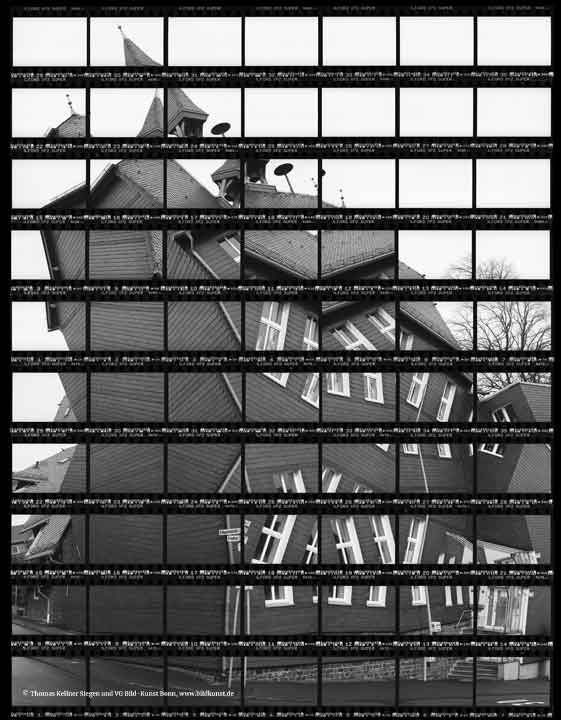Chapel school Lippe
On an area of 830 hectares [approx. 2,051 acres] and with a population of about 515, Lippe is the smallest village in the Burbach Township located in the very south of South Westphalia. Lippe is known for a variety of hiking trails and natural reserves.
In the village, there is a half-timbered house built in 1745 that was a chapel school. It consisted of two floors: the chapel was downstairs and the school was upstairs. Although the chapel school is considered the first school in the village, it is believed that a schoolhouse had existed as early as the 14th century. The former chapel school was torn down in 1970. Today there is a kindergarten on the site.
Lippe in: The Chapel Schools' Book
Chapel schools form a solitary architectural type for the Siegerland and its neighboring regions.
As stand-alone buildings and conspicuous in their surroundings, like the one in Lippe, they reveal the connection between religion and school education starting from the domain of Count William I of Nassau-Katzenelnbogen (1487-1559) and his son John VI of Nassau, Katzenelnbogen and Dietz (1536-1606). The hybrid used buildings existed until the end of the 19th century and in parts even until the 20th century.
Chapel Schools a solitary architectural type
The Siegen fine art photographer Thomas Kellner recognized the historical and cultural value of these buildings and set himself the task of preserving and recalling this typical regional cultural asset through a new medium. By means of photography he transfers the chapel schools into an artistic context and gives the historical topic a new dimension in the present (art).
Just as the chapel schools united in themselves two spheres of life, this publication also conveys different contemporary perspectives on the history and genesis of the chapel schools. While Kellner tries to rethink the type of building, which oscillates between profane and sacred, with his artistic realization, Chiara Manon Bohn, Isabell Eberling M. Sc. Dr. Andrea Gnam and Dr. Stefanie Siedek-Strunk provide an insight into the historical, architectural and religious classification of the chapel schools up to the pictures of Thomas Kellner in text contributions.











